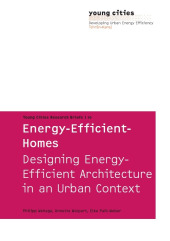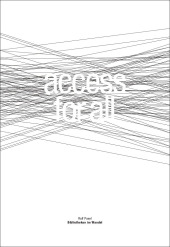Bauherren und Baukultur
Analysen, Beschreibungen, Modelle, Definitionen

Publishing year: 2015
“The paper was created based on professional experience and the summary of insights gained as architect with property developer functions within a public building authority. I formulated hypotheses to motivate further discussions and to counteract the current random and fragmented vagueness of the terms ‘building culture’ and ‘property developer’ with a holistic understanding and to redefine the position of property developers as players within building culture. Three complementary models are presented to explain the ‘building culture: 1.) The social secondary culture with five elements, which establish the building culture status, 2.) their normative meta-system which determines quality with a multi-dimensional quality structure and 3.) building culture as a dynamic connection between cultural elements which change due to explicit influences and individual creativity. These views contradict some of today’s opinions in which building culture is understood to be “”outstanding quality”” of construction and architecture, whilst not defining those aspects in detail. Therefore, today’s definition of the quality term and several contemporary building evaluation systems were analysed and based on all the above. A typology and a multidimensional overall quality description or quality categories for buildings has been developed. These include psychological basic needs as quality requirements for buildings which are described in a model. I define “”property developers”” with five of their most substantial features and created a typology of six value based property developer models. I developed a new process-oriented complete catalogue for their tasks detailing those that can be delegated and those that cannot be delegated. This was supplemented with a suggestion that those “”core tasks”” which cannot be delegated from those that can be delegated according to the “”Principal-Agent-Theory”” are differentiated. I added descriptions of building culture effects and a skill profile for professional property developers which I consider necessary for building trade and architectural skills. Finally, I provided an example of a professional institutional property developer based on a public building authority in Berlin and their building culture positioning. I described their history, organisation, tasks and services, their personal and financial resources, their inclusion in the political and administration context and recent changes with regards to their identity.”



